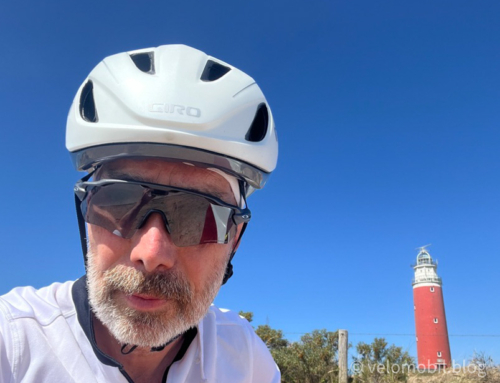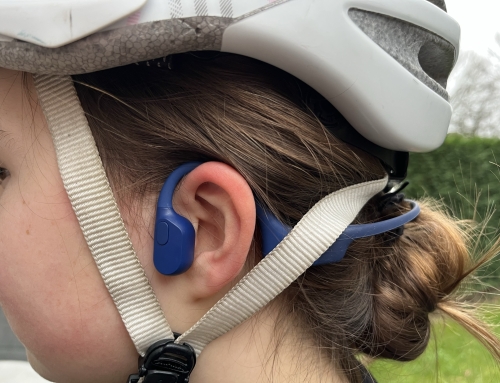This post is also available in: Deutsch (German)
Last year I bought my first pedals with power measurement (Garmin Vector 3) and rode several thousand kilometres with them (click here for my experience report). Now that Garmin has released its successor, the Rally 200, and I was able to test them extensively for 2 months, I would like to briefly introduce these new pedals to you.
Why power measurement on the pedal?
Power meter pedals are particularly attractive for hobby cyclists, beginners and users of multiple bikes. In contrast to power measurement by crank or rear wheel hub, pedals are not only comparatively cheaper but also quick and easy to mount and change.
Upgrade!
Garmin recently launched the fourth generation of its power measurement pedals under the name Rally. The special feature of the new Rally series is the modular design; the pedal body can be exchanged so that the pedals can be used with different click systems (Look Keo, Shimano SPD-SL, SPD). This means … whether MTB, gravel bike or road bike … whether SPD, SPD-SL or Look Keo … Everything is possible!
Transparency note: Garmin provided me with the Rally pedals free of charge for 60 days for an extensive test. However, I assure you that this has no influence on the tests nor on my personal opinion.
Fitting and correctly adjusting the cleats
Before you start, you should make sure that the cleats are correctly mounted and adjusted; this is actually quite simple:
- The ball of the foot should be on the pedal axle.
- Apply tape to the outside of the shoe and mark the position of the foot bone.
- Align the shoe! This is usually very individual. If you are unsure … Just sit down, let your feet dangle and observe what your natural foot position is.
- Observe the distance between the shoe and the crank.
Unboxing & Installation
After unpacking, you quickly realise that the Rally pedals are at least as well made as the previous model; bearings and seals make a solid impression. All you need to assemble them is a pedal spanner or a 15 mm open-end spanner. Since the actual measuring technology is built into the pedal axle, you don’t get anywhere with an Allen key as usual.
Setting up the pedals is totally unproblematic: move the pedal briefly and search for sensors on the bike computer. Then connect, enter the crank length and have it calibrated. The left pedal is the master pedal; it transmits via ANT+ or Bluetooth. The connection with my Garmin 1030 plus as well as with the Hammerhead Karoo 2 was completely unspectacular. Software updates for the Rally pedals are available later via the Garmin Connect app.
In everyday life
As with the predecessor, getting on the pedals was unproblematic. Beforehand, you only need to adjust the tension of the pedals once.
I used the pedals in the 2 months on my velomobile on long tours and on the exercise bike for interval training. In terms of the actual function, but also in terms of the measured values, the analysis and otherwise, I could not find any differences to my Vector 3 pedals.
Only when changing the battery did I find it great that Garmin has now installed a metal cover including a metal thread for the battery cover. Other replacement seals are included in the scope of delivery. Top!
My personal conclusion after 2 months
I could not notice any difference in the use of the Rally pedals compared to the Vector 3 pedals, even though Garmin claims to have completely redeveloped the electronics. The only noticeable difference for me were the revised battery covers and threads, which are now made of metal. It may be that you can prove further improvements in the laboratory … but not in everyday life. So for those who, like me, are already proud owners of the Vector 3 pedals, an upgrade to the latest generation is hardly worthwhile.
However, for those who are still riding without power measurement, I can only warmly recommend the new Rally pedals from Garmin. Of course, the purchase is not cheap; Garmin charges a hefty 1100€ for the double-sided measuring system RK/RS 200, the single-sided measuring system RK/RS 100 is available for 650€.
But be careful! You should be aware that the power measurement uncompromisingly reveals the respective performance condition of the rider. So it was disappointing for me at the beginning to realise that performance deficits were always due to me and not to the material. On the other hand, I draw motivation for training from this and it has helped me to improve continuously.
From this point of view, the performance measurement has saved me from investing useless money in expensive bike parts, which sooner or later puts the investment for the pedals into perspective 😉












Leave A Comment